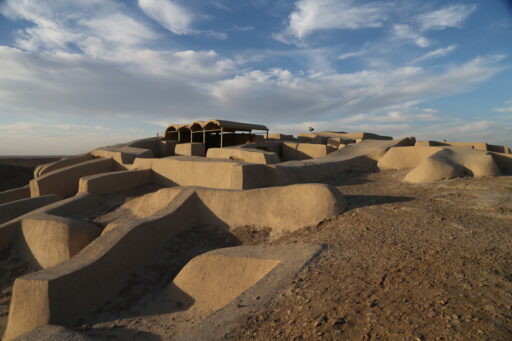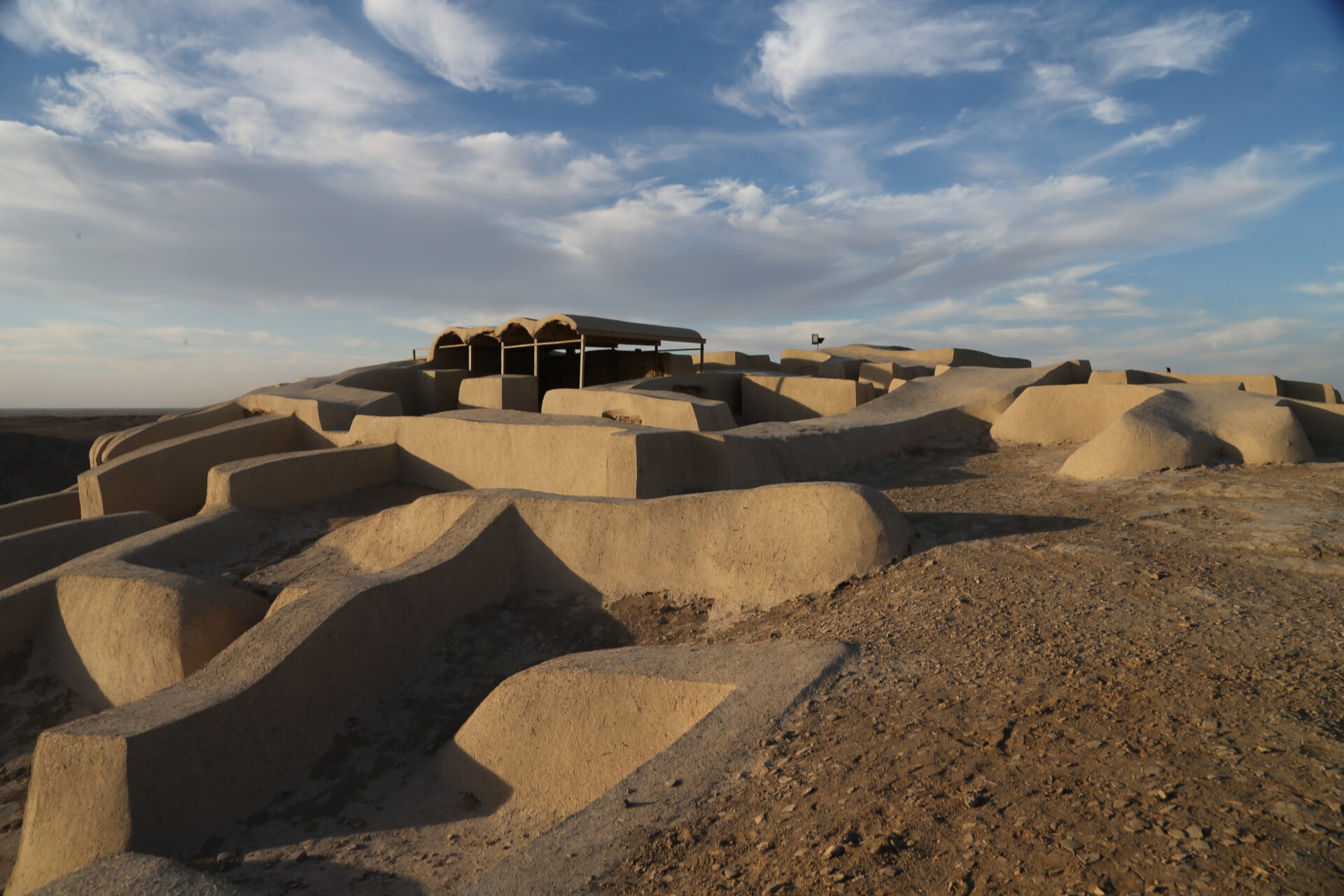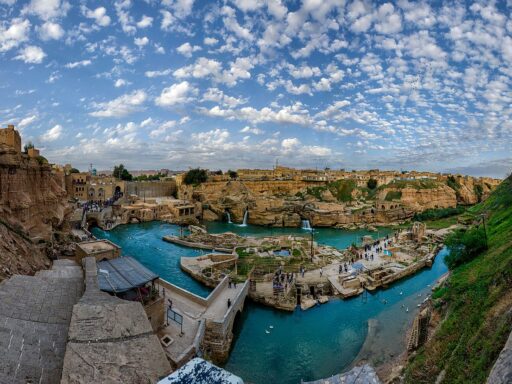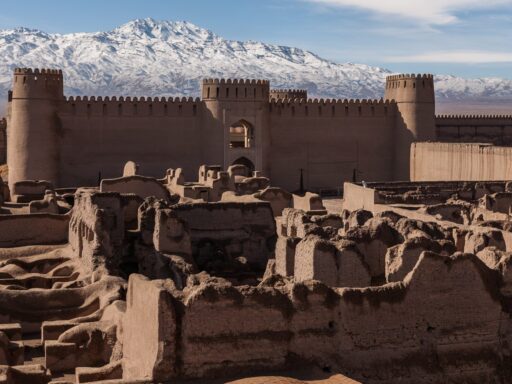Introducing The Shahr-e Sukhteh
In the harsh deserts of southeast Iran lies a vast archaeological site known as Shahr-e Sukhteh, meaning “Burnt City” in Persian. Dating back over 5000 years to the Bronze Age, this sprawling mudbrick settlement was one of Iran’s earliest major cities. Abandoned and buried under shifting sands, Shahr-e Sukhteh lay forgotten for millennia before its rediscovery in modern times. Ongoing excavations continue to uncover more mysteries and artifacts shedding light on proto-historic Iranian civilizations.

Overview of Shahr-e Sukhteh
Shahr-e Sukhteh is located just outside the modern city of Zabol in Iran’s Sistan and Baluchestan province, close to the borders with Afghanistan and Pakistan. This location placed it along ancient trade routes that connected the Indus Valley with Mesopotamia.
Based on excavations so far, the city covered over 150 hectares and was inhabited between 3200-1800 BCE during the Bronze Age. It was one of the major urban hubs of the Jiroft early Bronze Age civilization that flourished in this once fertile region. Shahr-e Sukhteh prospered due to long distance trade before being burned and abandoned around 1800 BCE.
Since it was never reoccupied, the city remains remarkably well-preserved under layers of wind-blown sand that protected it from erosion. Excavations have revealed a planned urban layout with two-story homes constructed from mudbricks.
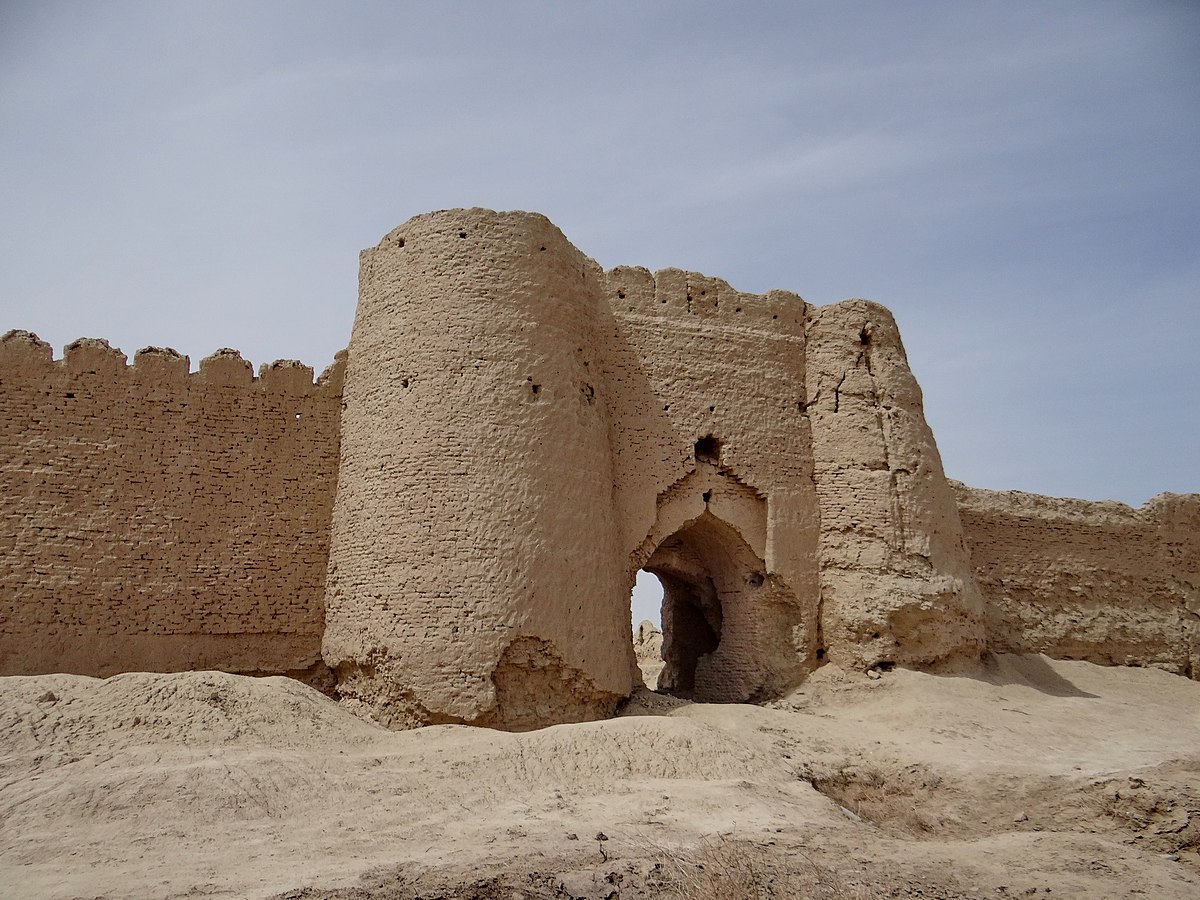
Discovery & Excavations
Shahr-e Sukhteh was first discovered in 1967 by Iranian archaeologists. But large-scale scientific excavations did not begin until 1997, led by teams from the Iranian Cultural Heritage and Tourism Organization.
These excavations uncovered artifacts pointing to a sophisticated culture skilled in metallurgy, pottery-making, agriculture, and long-distance trade. Finds include ceramics, jewelry, carved seal stones, bronze tools, and the world’s most ancient backgammon set.
One of the most visually striking discoveries was a large domed mudbrick tomb measuring 14m in diameter. Since the early 2000s, teams have also excavated parts of the city itself, revealing urban planning and architecture. Work is ongoing as only 10% of the estimated site has been excavated so far.
Insights into Bronze Age Culture & Society
Shahr-e Sukhteh has fundamentally expanded our understanding of early Bronze Age civilizations in Iran and Central Asia. Key insights it provides include:
- Evidence of long-distance trade networks reaching Mesopotamia and the Indus Valley
- High level of skill and standardization in handicrafts like ceramics and jewelry
- Planned urban areas with two-story homes, straight streets, and sewage drains
- Social stratification and emerging elites indicated by lavish tombs
- Innovations in funerary architecture like domed tomb structures
- Agricultural surplus supported non-food producing classes like artisans and merchants
The advanced material culture and technologies confirm this region developed complex urban societies contemporaneous with but independent from Mesopotamia. Shahr-e Sukhteh pushes back the timeline for early Iranian civilization taking shape.

The Burnt City Domed Tomb
The large circular domed tomb structure uncovered at Shahr-e Sukhteh provides intriguing clues into the region’s architecture and burial practices.
Built from mudbricks, it has a circular base 14m in diameter with walls standing 6m high, tapering slightly inwards as they rise. The domed roof was constructed in a beehive shape using circular layers of bricks. It partially collapsed centuries ago.
Within the tomb, two elite burials were found replete with gold jewelry, ceramics, stone vessels, bronze items, and other grave goods. The scale and contents confirm the existence of an upper social class at Shahr-e Sukhteh.
This proto-dome demonstrates early architectural innovation that would later culminate in Achaemenid-era monumental tombs.
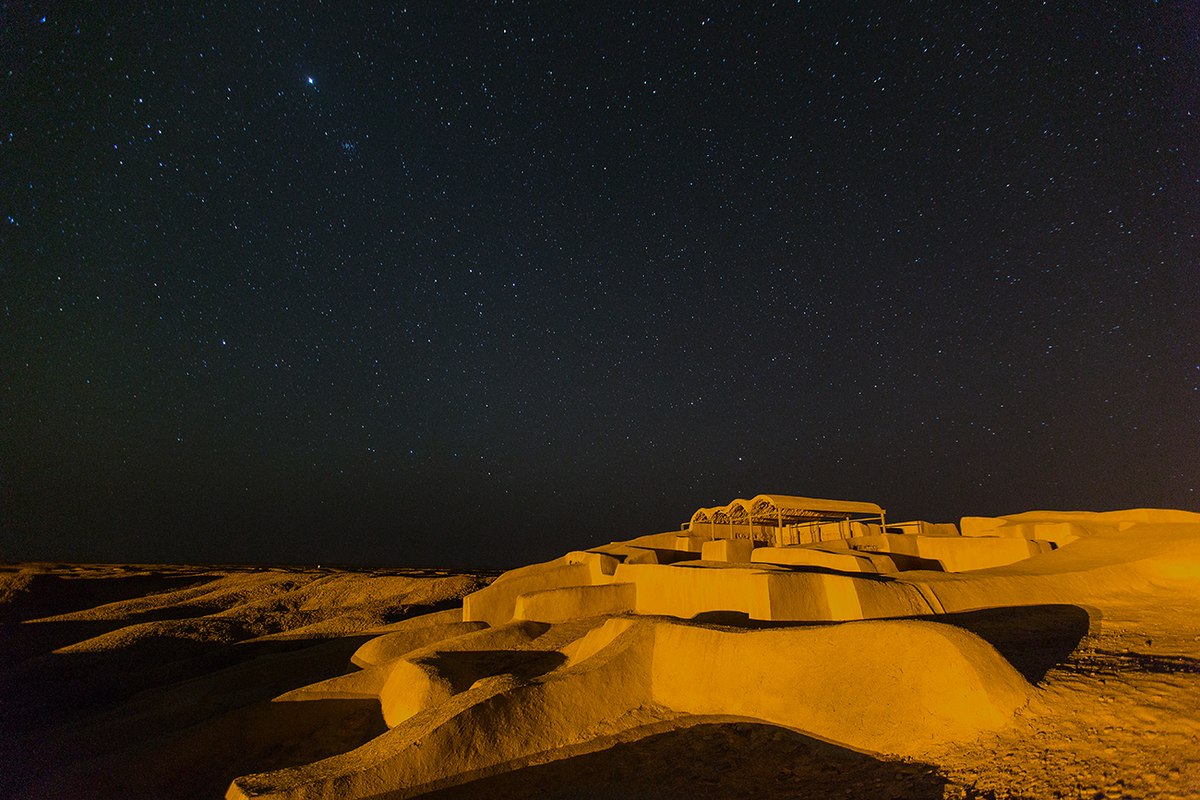
Visiting Shahr-e Sukhteh
The archaeological site is located around 50km west of Zabol in Sistan and Baluchestan province. It lies close to the modern Zabol-Hirmand road.
The site can be visited via guided tour or private/rental car from Zabol. Visits require advance permission from the Cultural Heritage and Tourism office. The on-site Shahr-e Sukhteh museum exhibits artifacts excavated here ranging from pottery to bronze daggers.
While research is ongoing, glimpsing Iran’s first known “city” offers an intriguing window into Bronze Age life. As excavations continue, more finds will likely reshape our picture of early Central Asian cultures.
Conclusion
Shahr-e Sukhteh provides extraordinary evidence that by the 3rd millennium BCE, advanced urban societies had emerged in Southeast Iran. Ongoing study of its material culture and architecture continue to reveal more insights into Bronze Age life, technology, and connections across Eurasia. With its sprawling buried remains still being uncovered, this ancient “Burnt City” will no doubt illuminate many more aspects of proto-historic Central Asian civilizations in decades to come.

